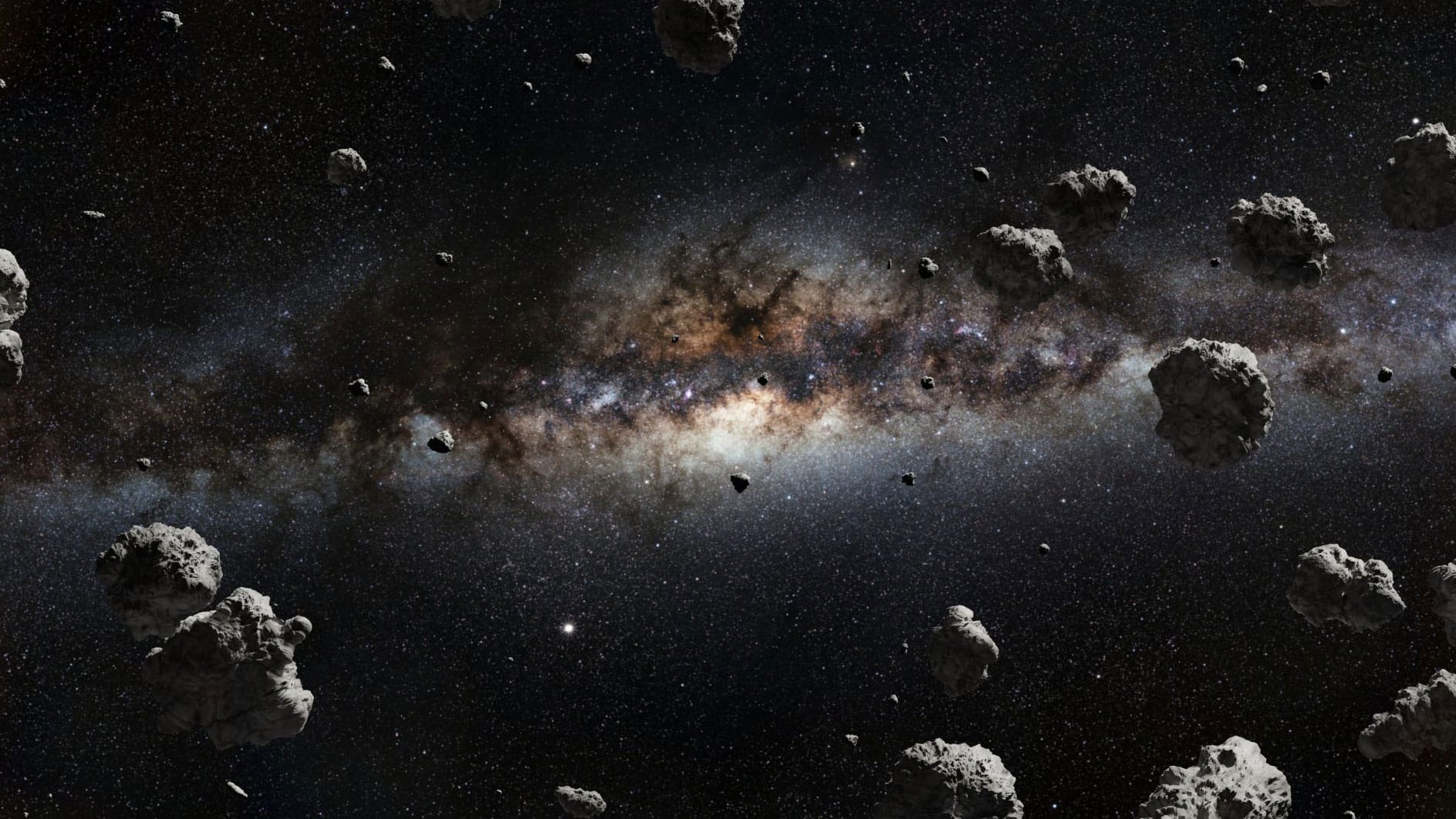Asteroids, An Introduction
Asteroids are small, rocky objects that orbit the sun. They are also known as minor planets or planetoids. Asteroids are fascinating objects that have captured the imagination of scientists and the general public for many years. In this blog post, we will explore some key facts about asteroids.
What are asteroids? Asteroids are small, rocky objects that orbit the sun. They are remnants from the formation of the solar system over 4.6 billion years ago. Most asteroids are located in the asteroid belt between Mars and Jupiter, although some can be found in other areas of the solar system.
Size and shape Asteroids can range in size from small, pebble-sized objects to large, multi-kilometer objects. They come in a variety of shapes, including irregular, elongated, and spherical shapes. Some asteroids are so large that they have their own gravity, allowing them to maintain a spherical shape.
Types of asteroids There are three types of asteroids: C-type, S-type, and M-type. C-type asteroids are the most common and are made up of carbon-based compounds, rocks, and metals. S-type asteroids are made up of silicate materials and are thought to be remnants of the inner solar system. M-type asteroids are metallic and are thought to have formed in the outer solar system.
Near-Earth asteroids Some asteroids have orbits that bring them close to Earth, making them known as near-Earth asteroids. These asteroids can pose a threat to Earth if they were to collide with our planet. The study of near-Earth asteroids is an important area of research for astronomers and planetary scientists.
Impact craters Asteroids that collide with planets can create impact craters. These craters can vary in size, with some being several kilometers in diameter. The study of impact craters can provide insights into the geologic history of planets and moons.
Detection and tracking Asteroids can be detected and tracked using a variety of methods, including telescopes and radar. The study of asteroids is an important area of research for astronomers and planetary scientists, as it can provide insights into the formation and evolution of the solar system.
Asteroid mining Asteroid mining is the process of extracting resources from asteroids, such as water and metals. This is seen as a potentially lucrative industry, as some asteroids contain large amounts of valuable resources. However, there are many technical and legal challenges to asteroid mining, and it is not yet a commercially viable industry.
Exploration Several missions have been launched to explore asteroids, including the Japanese Hayabusa and Hayabusa2 missions, and NASA’s OSIRIS-REx mission. These missions have provided important insights into the composition and structure of asteroids, and have helped to advance our understanding of the formation and evolution of the solar system.
Threats to Earth While the chances of a large asteroid colliding with Earth are low, the consequences could be catastrophic. A collision with a large asteroid could cause widespread devastation, including mass extinctions and tsunamis. The study of near-Earth asteroids and the development of strategies to prevent collisions is an important area of research for astronomers and planetary scientists.
Future exploration There are several upcoming missions that will explore asteroids in more detail. These include NASA’s Lucy mission, which will study Jupiter’s Trojan asteroids, and the European Space Agency’s Hera mission, which will study the asteroid Didymos and test methods to deflect asteroids that pose a threat to Earth.
In conclusion, asteroids are fascinating objects that provide important insights into the formation and evolution of the solar system. From their composition and structure to their potential threats to Earth, asteroids continue to capture the imagination of scientists and the general public alike.


Comments
Post a Comment
Follow for more! If you have any doubts or suggestions, let us know!